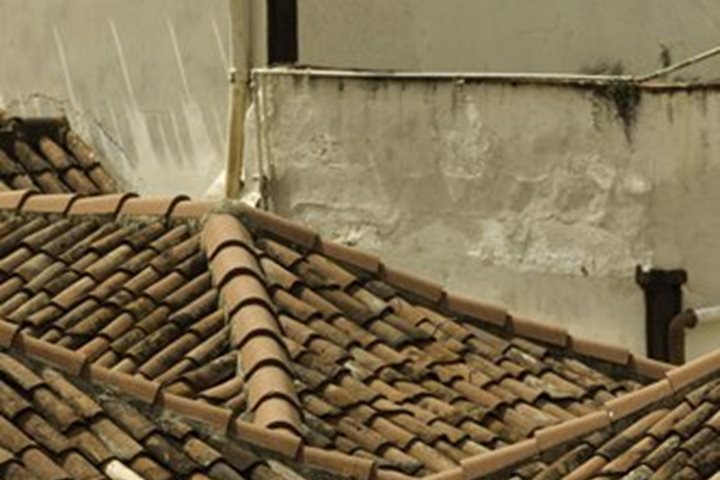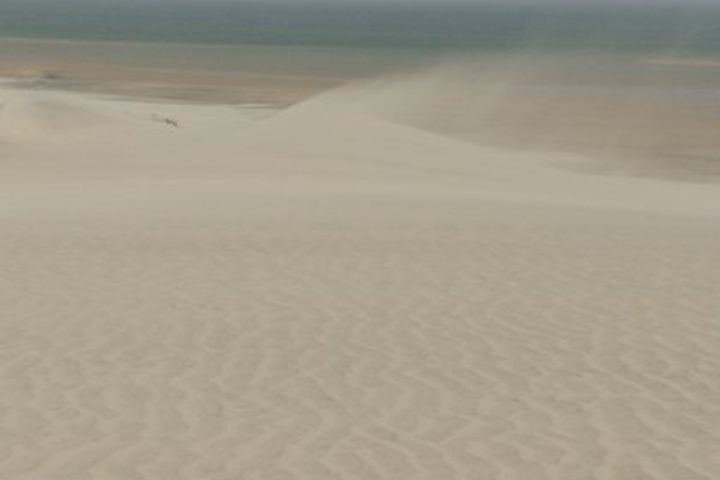“You are like skin, you are waiting to be stretched.” --Akan proverb
Our tour of Lome managed to stretch what can fit into one day. It began with a spectacle waiting on the pier- as a troupe of performers mixed the bling of sequins with the earthiness of straw. I was asked if one set of masqueraders were amputees because their sleeves ended abruptly with a gathered tie. Far from it, these were visitors whose complete concealment enables them to bring honored ancestors back to interact with their human descendants. Such Gelede performances honor elder women, aiming to pacify their resentments through complex choreography and swirling motions. Spinning lappets of cloth could be seen lifting off into the air, offering a breeze of blessing from the ancestors. Dancers wearing ingenious rope leggings kept a rapid pace, and were joined by a trio of stilt performers whose postures defied gravity. I watched one stilt performer wander off into the distance so he could collapse on top of a bus in order to disengage his long legs.
Our bus set off without a police escort into the calm of a Sunday morning. While Togolese might be relaxing, we had a packed agenda and headed straight to the Fetish Market, walking into an arena charged with dried assemblies of bristling anatomy – antelope horns, monkey skulls, curling chameleons and many other ingredients useful for the alchemy of vodun practice. Around the edges of the tables loaded with nature’s dead, there were freshly made sculptures and amulets that offered a chance to collect at least a reminder of the potent process that vodun is based on.
Under the shade of an enormous tree, we were next able to focus on a puppet show put on by a group of women who enable a cast of characters to take the stage. Each had gestures, songs and mannerisms that made an entire storyline come to life. Afterwards, an Artisanal Village opened their doors to dedicated shoppers, who bargained for purchases of gowns, beads, sandals, sculptures and a few paintings that had to be removed from their frames. While driving across town, Lome sights to see included a new presidential palace, an Islamic Cultural Center (financed by Libya), a Parliament house, and a central square with a monument devoted to breaking the chains of slavery.
Seeing a typical rural school and village were the goals for the afternoon. Classrooms that relied on energetic students but no electrical current were overflowing with songs and dancing recitations of their assignments. Everyone spilled out of the dark rooms into the outside grounds to watch the students play games and check us all out.
A short drive away was a village where a Royal Majesty was due to arrive. Sharp staccato drumming was matched by a fast-paced chorus of female calabash rattlers who all wore yellow tee-shirts with the name “NOVISI EZIFO” (“lets be together”) printed across their backs. Sitting on a bank of seats, these women put calabash percussion into high gear. Eventually, a megaphoned guide announced the arrival of His Majesty, King of the region. He walked in with an entourage of a wife and a linguist, and they all sat underneath an umbrella to witness the pouring of a libation and a steady flow of commentary. The king wore a gold crown and a brilliant yellow kente cloth, and his linguist carried a staff with a gold leaf finial. He spoke about how the Ewe migrated from Babylon to Egypt to Sudan, to Chad and Nigeria, before residing at this village, which was determined to be a good place to breed children. An attendant sat in front of this entourage with a calabash full of cowrie shells.
Smooth transitions made the full day possible, and the night ended with an extraordinary concert set on the back deck. As shipping cranes moved like mechanical giraffes in the distance, another king held court. King Mensah sang a set that highlighted his distinct voice and slithering moves.
It is not often that one starts the day with a masquerade to assuage the mothers, sees a fetish market and a puppet show, then ends with visits with two kings. VIVA LOME TOGO.









